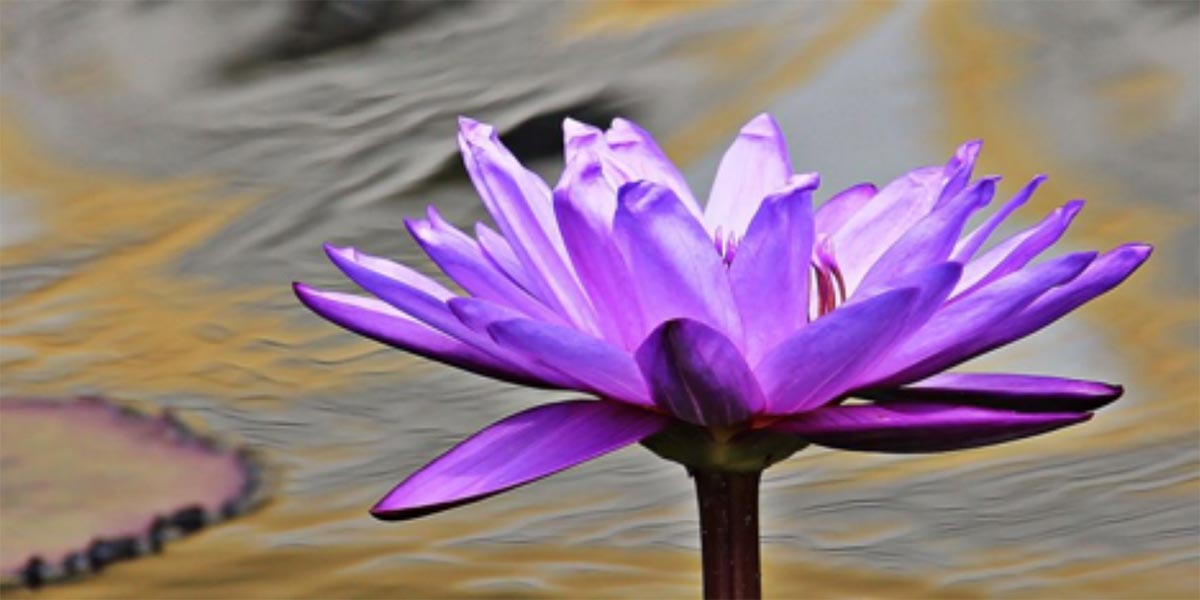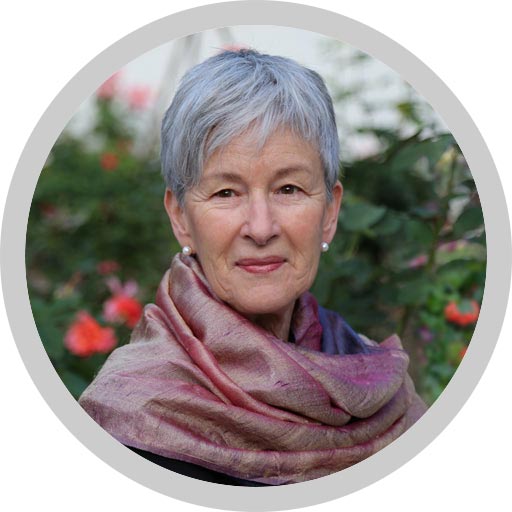The Importance of Doing Nothing by Ellen Grace O’Brian
Sitting quietly, doing nothing, Spring comes, and the grass grows, by itself.
― Matsuo Bashō
When it is difficult to focus and access deep silence in meditation, one of the first places to look for a corrective measure is our daily life. While we can always improve our approach to meditation and hone the techniques we use to help our thoughts settle, very often the culprit that contributes to mental restlessness is an over-scheduled, overactive life. Too many projects, too much time spent at the computer, too much social activity and not enough time alone. Simply too much time doing and not enough time set aside for being, just being.

It may seem counterproductive to the values of our fast-paced culture today but setting aside time for truly doing nothing is one of the most life-enhancing and beneficial commitments we can make. This is not to be misunderstood as laziness or confused with escapism. It is rather an essential antidote to overactive lives that helps restore necessary balance. Just as over-eating, indulging in heavy or spicy foods, or eating late at night will take its toll on our available energy and affect our morning meditation, so does an uninterrupted “diet” of activity or entertainment.
Set Aside Time
Along with daily meditation to cultivate mental clarity and spiritual awareness, it is also important to have regular, intentional unstructured time. Multitasking has become the norm for many of us today. We watch the news and eat dinner, exercise and listen to lectures or audio books, talk on the phone and read email. Pretty soon we feel tired, confined, or overwhelmed. Intentional open time breaks through this wall of activity and allows us to experience the spaciousness of our essential Self. How can we have that quality of spaciousness in our regular lives when every hour is already filled? Once we integrate meditation into our schedule, we discover how valuable it is on all levels of our being. So it is with committing ourselves to quiet time. Time that is set aside for doing nothing.
Go Outside
What does “intentionally doing nothing” look like? The intention to have unstructured time must be supported by setting boundaries and limits around our activity. This requires paying attention to how we tend to keep busy, including awareness of both the active and passive forms of engagement. Notice the myriad avenues of input—whether it is talking on the phone, watching tv or reading email. Be willing to turn all of that off for a designated period of time. Ideally, if possible, go outside. Being in nature is one of the best ways to rest and renew. If you go for a walk, walk consciously but aimlessly. Free yourself from the pressure of schedule or destination. Don’t make your walk into exercise or combine it with a chore. Let yourself ramble and let your thoughts flow by.
Once you begin to have regular periods of intentionally “doing nothing” you will discover renewed energy and increased mental clarity. Your meditation will have a new vitality and sweetness. Concentration will be easier and your attention and awareness will readily flow into higher states of consciousness.
 Yogacharya Ellen Grace O’Brian is an author, teacher and poet who makes yogic philosophy accessible and inspiring for the modern mind, helping people from all backgrounds lead deeply fulfilling and spiritually awakened lives. EllenGraceOBrian.com
Yogacharya Ellen Grace O’Brian is an author, teacher and poet who makes yogic philosophy accessible and inspiring for the modern mind, helping people from all backgrounds lead deeply fulfilling and spiritually awakened lives. EllenGraceOBrian.com



